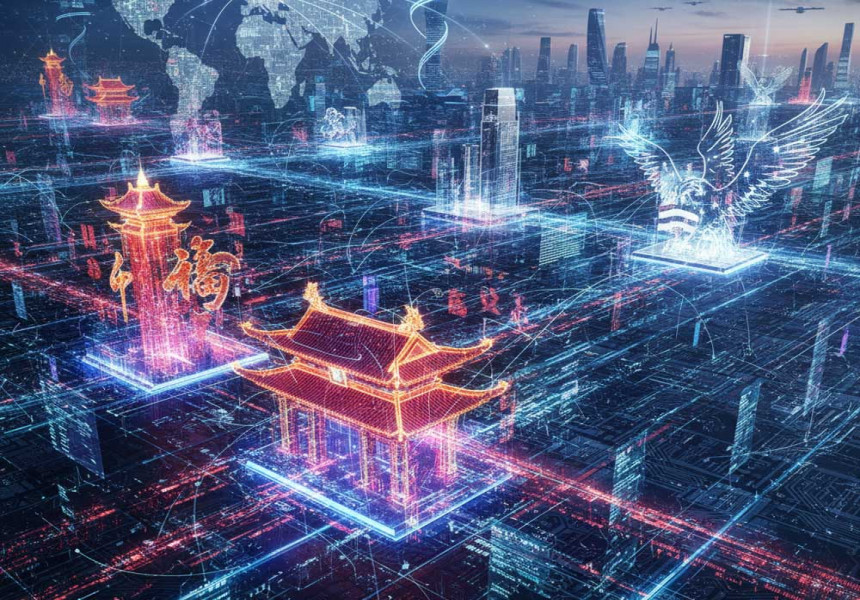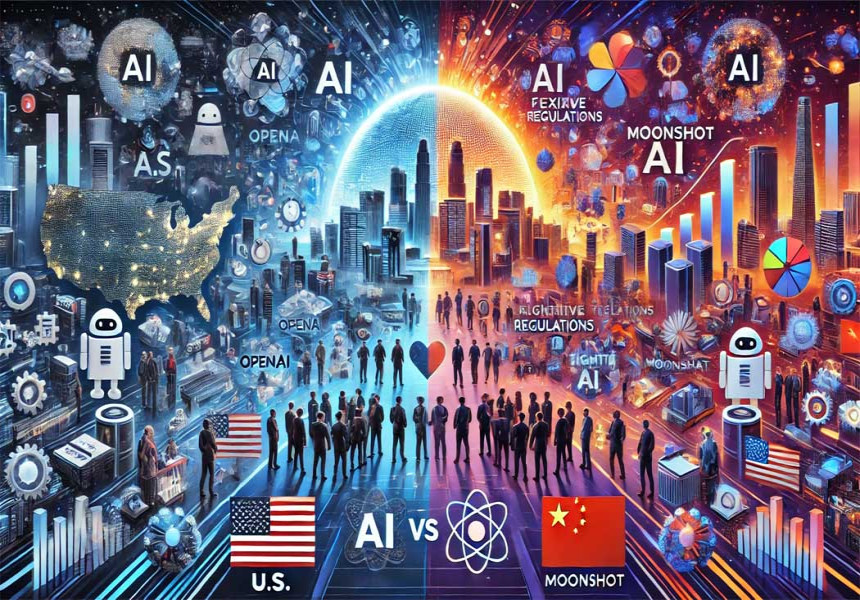Chinese Open-Source AI Models Dominate Global Landscape in 2025
In 2025, Chinese companies have firmly established themselves as global leaders in open-source artificial intelligence (AI) model development. Chinese AI models have surged ahead of American counterparts in terms of popularity, performance, and developer adoption, marking a major shift in the competitive AI landscape that carries significant technological and geopolitical implications.
Rising Popularity and Technological Impact
Chinese firms such as DeepSeek and Alibaba dominate key open-source AI platforms like Hugging Face. DeepSeek's models lead with over 12,000 likes—a figure nearly double that of Meta’s Llama models. Alibaba’s Qwen series accounts for more than 40% of the new language models on Hugging Face each month, while the American share has sharply declined. These companies have collectively open-sourced over 300 AI models, spawning more than 100,000 derivative models and surpassing 600 million downloads worldwide. This scale of open innovation has helped Chinese models become global standards for a wide range of applications, from natural language processing to sector-specific AI solutions.secondtalent+2
Strategic Advantages Behind China's Leadership
China's rise in open-source AI reflects a deliberate and multi-faceted strategy. Unlike American firms, which have increasingly leaned toward proprietary AI models, Chinese companies prioritize frequent releases and rapid iteration to build a loyal user base. Techniques such as the use of mixture-of-experts layers and sparse attention mechanisms enable training high-performance models at dramatically lower costs—for example, DeepSeek's R1 model cost around $6 million to train compared to OpenAI’s GPT-4, which reportedly exceeded $100 million. This combination of cost efficiency, open access, and strong government backing fuels a vibrant ecosystem involving startups, tech giants, top universities, and public-private collaboration.apcoworldwide+2
China's AI strategy extends beyond just creating the smartest general-purpose models; the focus is on embedding AI deeply into its economy, improving logistics, infrastructure, and industry-specific applications. This sectoral adoption is supported by policy alignment and significant investment in AI talent and infrastructure, creating a resilient and fast-moving innovation ecosystem.weforum+1
American Response and Challenges
The dramatic shift in open-source AI leadership has spurred policy responses in the United States. The Trump administration’s 2025 AI Action Plan emphasizes developing open models rooted in American values, recognizing the geostrategic importance of open AI technology. In response, the ATOM Project was launched aiming to deploy tens of thousands of cutting-edge GPUs to compete with China’s open-source AI labs. Notably, U.S. AI leaders including OpenAI and Hugging Face executives support this initiative.
However, American AI companies face key challenges. Meta, once the leader in open models, has become more cautious, potentially shifting back toward proprietary AI models. OpenAI only recently released open-source models after six years of predominantly closed development. These structural and cultural shifts underscore the difficult path for the U.S. to regain ground in the open-source AI domain.thediplomat+1
The ascent of Chinese open-source AI models in 2025 reshapes global AI competition by combining open innovation, cost-effective engineering, and a broad application strategy. This trend not only advances technological capabilities but also influences the geopolitical balance in artificial intelligence development worldwide.
"Top 5 Chinese Open-Source LLMs Dominating 2025" - Second Talentsecondtalent
"China Now Dominates Open Source AI. How Much Does That Matter?" - The Diplomatthediplomat
"The Great AI Race: China's Approach" - APCO Worldwideapcoworldwide
"Why China's AI Breakthroughs Should Come as No Surprise" - World Economic Forumweforum
"China Now Leads the U.S. in This Key Part of the AI Race" - Washington Postwashingtonpost









